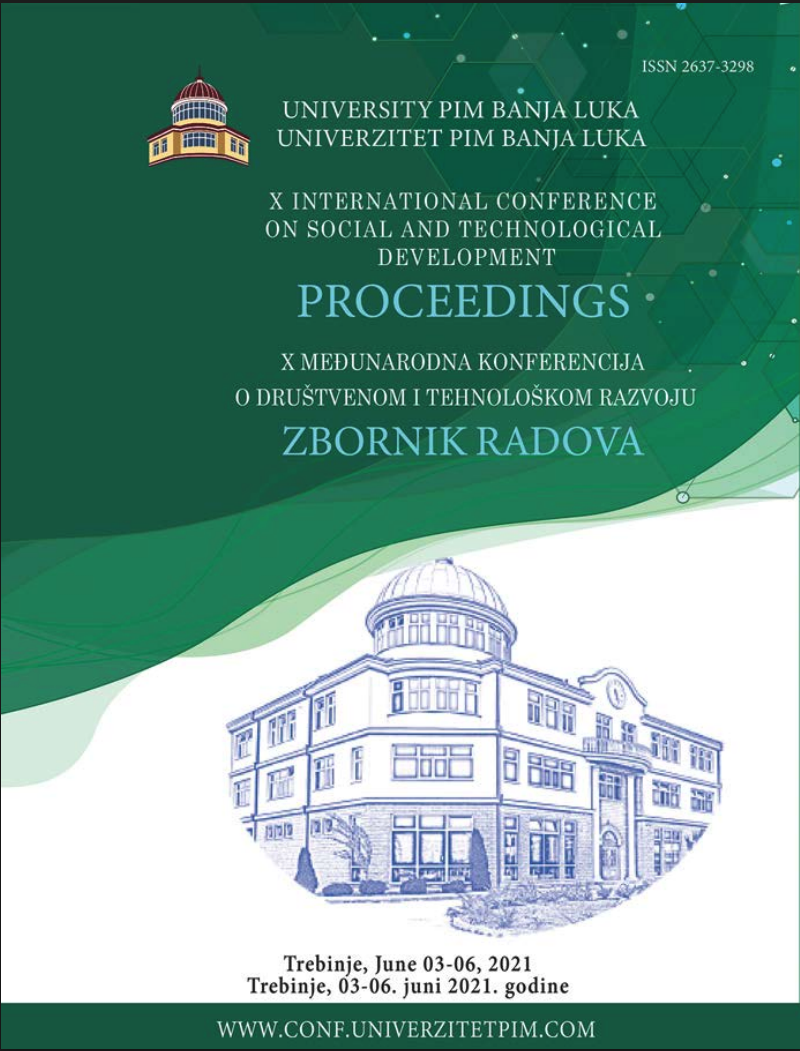
This is an open access article distributed under the Creative Commons Attribution License which permits unrestricted use, distribution, and reproduction in any medium, provided the original work is properly cited.
Fakultet Tehničkih nauka, University of Priština - Kosovska Mitrovica , Mitrovica , Kosovo
The earthquake is one of the most devastating natural disasters which human civilization encounters. Striking suddenly, they can cause huge material damage and casualty in a short time. It is not possible to predict them, but only expect them with some probability, in certain area and time. The consequences of the earthquake are multiple - collapse of buildings, power and water outage, telecommunications fall, fires, as primary causes, which yield secondary ones - lack of grocery, accommodation of home-lost people, overload on the health system, epidemic risk, security aspects, short and long term economic consequences, depending on the damage extent. The effect of earthquakes is most pronounced in urban areas – either direct or indirect (tsunamis, floods, landslides, liquefaction) - where there is a large concentration of buildings, so through their collapse earthquake impacts human society in various forms. Therefore, it is necessary to pay a special attention to the planning and implementation of seismic construction, and organization of public services and other systems in order to reduce the consequences to a socially acceptable measure. In this context, design and construction of such objects is a compromise between design requirements, a sublimation of social needs and adopted design and engineering solutions, while respecting technical standards. The paper presents the results of seismic analyses of infilled frame structures, as typical in the construction of residential and commercial buildings, with design recommendations.
The statements, opinions and data contained in the journal are solely those of the individual authors and contributors and not of the publisher and the editor(s). We stay neutral with regard to jurisdictional claims in published maps and institutional affiliations.